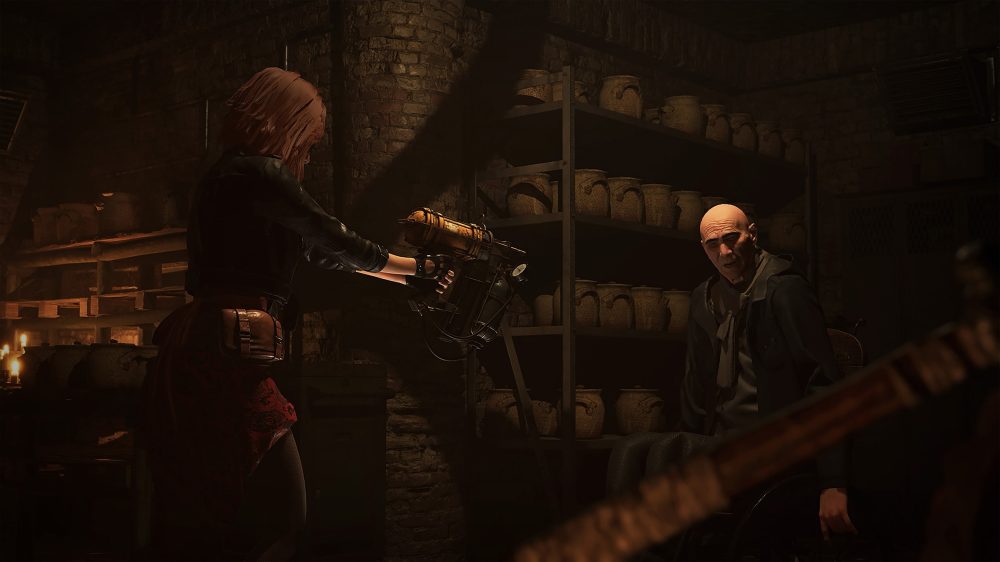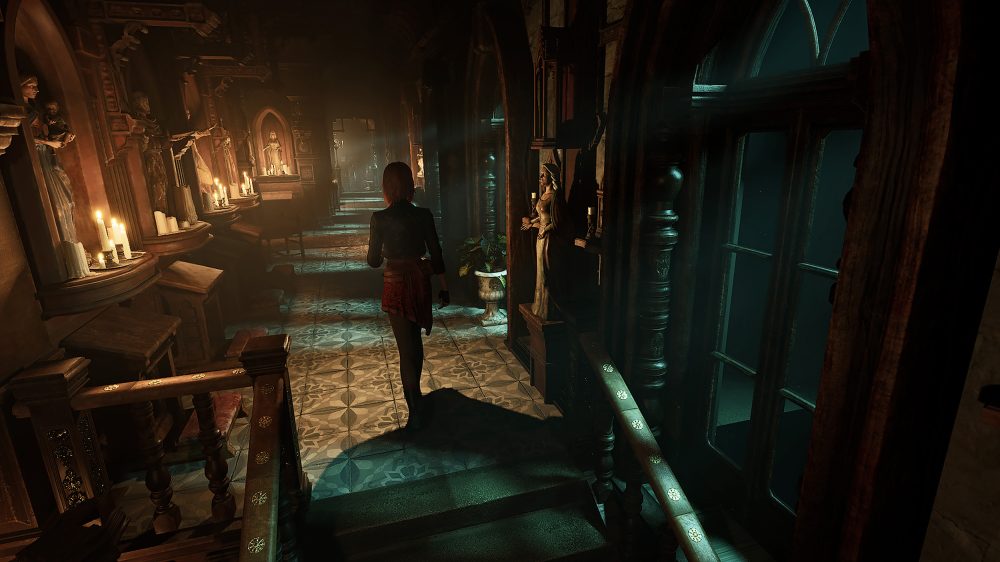TL;DR
Tormented Souls II brings back Caroline Walker for a personal mission filled with dark secrets and gruesome creatures, aiming for a retro horror vibe akin to early Resident Evil. While the atmosphere and classic puzzle structure are commendable, the game stumbles with frustratingly clunky fixed camera angles, stiff controls, illogical puzzles, and an outdated save system. Combat is a challenge due to positioning issues, and technical hiccups, especially on standard consoles, can dampen the experience. If you love classic survival horror, warts and all, you might find something here. Dive into the full review to see if this throwback is for you!
In Tormented Souls II, Caroline Walker, the protagonist from the first game, returns to a new location filled with dark secrets and grotesque creatures. This time, her mission is more personal, as she must save her sister from a mysterious curse. As darkness encroaches, players must utilize their resources judiciously to avert a grim demise.

The Return of Retro Style: A Polarizing Implementation
The Chilean game studio Duel Effect delivers a sequel to their 2021 breakthrough title, Tormented Souls. While I have not played the predecessor, it does not appear to be a prerequisite for understanding the sequel’s narrative.
What was not immediately apparent, however, was the game’s significant embrace of retro design, specifically fixed camera angles and tank-like controls for navigating environments, reminiscent of classic Resident Evil. This particular gameplay mechanic is often considered dated and can be a significant point of contention for modern players.

Eerie Atmosphere and Classic Game Structure
After an initial period of adjustment to the game’s design choices, the experience began to unfold. The environments, musical score, and sound effects are well-executed, collectively contributing to a profoundly eerie atmosphere. Animations, consistent with the retro aesthetic, are somewhat stiff, a characteristic also observed in the rather lengthy and occasionally sluggish cutscenes.
The game’s structure follows a classic model: search through everything you can interact with, combine items to achieve the desired result.
Flaws in Logic
Regrettably, certain narrative and puzzle elements lose coherence upon logical scrutiny. For example, the contrivance of a character being locked in a room, with the key hidden in a bible, only to be accessed with a thumbtack, represents a significant logical inconsistency. While this did not impede progression due to the limited interactive elements, it highlights a narrative flaw.
Control Issues and Unintentional Comedy
Adding to the frustrations, the right analog stick is designated for quick commands, allowing players to assign weapons, lighters, and first aid. A frequent issue arises when muscle memory prompts a camera adjustment upon entering a new room, inadvertently triggering the assigned quick command, such as pulling out a lighter. This can lead to moments of unintended humor but is consistently disruptive to gameplay.

Combat with Limitations
When confronting hostile entities, players encounter a combat system that exemplifies why this particular retro mechanic has largely been superseded. The fixed camera angles often present the player character head-on, requiring precise positioning of the enemy directly in front of the player before an attack can be reliably executed. This design often leads to the player taking considerable damage or being incapacitated.

The Save System – An Outdated Relic
Player demise is a frequent occurrence, exacerbated by an antiquated save system. Progress can only be recorded at specific locations, requiring a limited resource – an audiotape for a tape recorder, a modern equivalent of the classic typewriter ribbon. Each tape recorder provides only two save opportunities, meaning players must locate new tapes or return to save points multiple times, which proves to be significantly inconvenient.
Performance and Technical Flaws
Testing Tormented Souls II on the Playstation 5 Pro revealed a consistent **60 FPS** frame rate during gameplay (cutscenes run at 30 FPS), offering good fluidity. However, instances of audio dropouts were observed, suggesting potential loading issues. Further investigation indicates that the standard **Playstation 5** experiences notable performance issues that are absent on the Pro version.
It is notable that performance issues should arise, given the game’s modest technical demands. This suggests that the problems are likely attributable to suboptimal console optimization rather than excessive resource requirements.

In conclusion, the game’s atmospheric environments, unsettling ambiance, musical score, and narrative intrigue are commendable. However, these positive aspects are significantly undermined by cumbersome gameplay mechanics, questionable retro design choices, and technical performance issues. Players who hold a deep appreciation for the original Resident Evil, embracing both its strengths and its limitations, may find themselves more receptive to this experience than I was.
PQube provided a review code for this test. The material provider has no editorial influence on our reviews.
